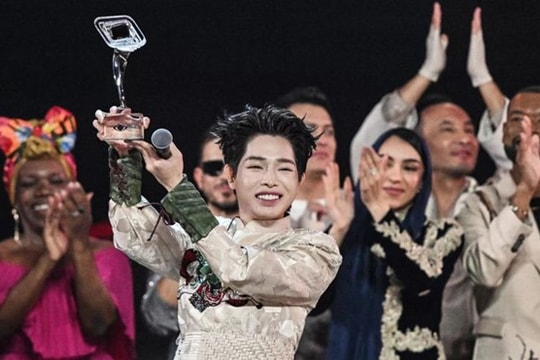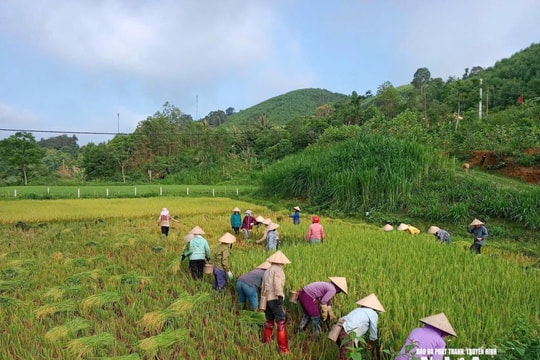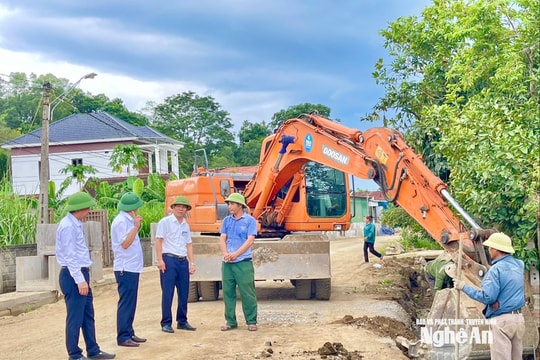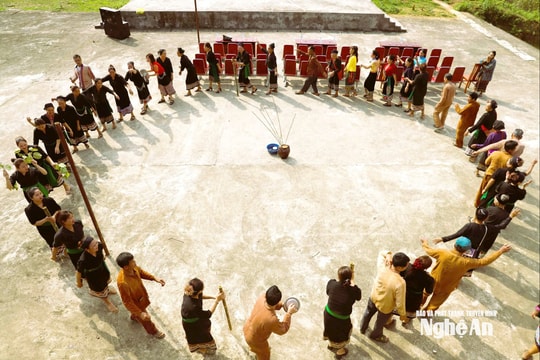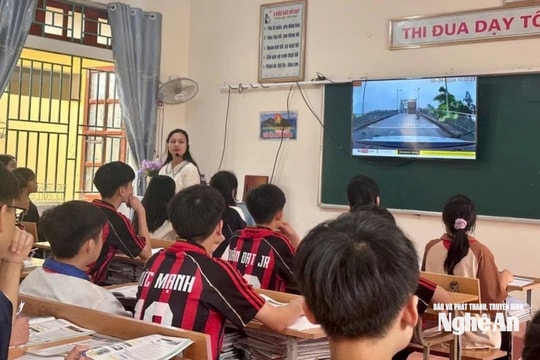Portraits of ethnic minorities captured by Russian photographer Alexander Khimushin give an insight into the lives of ethnic people in Siberia.
 |
| Portrait of a Tofalar man, living in the Sayan Mountains, Irkutsk region, Siberia. Most Tofalar people still live by hunting and gathering, picking wild mushrooms or wild berries. |
 |
| This is a Nanai girl from the Nanaysky district of Khabarovsk Krai, Siberia. The Nanai community believes that their shamans can drive away demons with prayers. |
 |
| The photo shows a young Ulchi man in Bulava, Khabarovsk Krai, Siberia. Ulch, the language of this ethnic group, is in danger of disappearing as fewer and fewer people learn and use it for communication. |
 |
| A beautiful girl from the Dolgan people, Sakha Republic, Siberia. The Dolgans are nomadic people, often engaged in hunting and reindeer herding. These photos are part of Alexander Khimushin's project The World In Faces. The project, which has been running since 2014, aims to document the diversity of the world's people through portraits. |
 |
| The Udege people of Primorsky Krai, in eastern Siberia, also live primarily by hunting and fishing. They search for ginseng and other medicinal herbs to sell. In 2017, Russian photographers focused their attention on the indigenous people of Siberia. Khimushin spent six months traveling across the vast but sparsely populated region to photograph the people who live there. |
 |
| Pictured is a Tazy woman in Mikhailovka, Olga Bay, Primorsky Krai, Siberia. The Tazy live in a small village in eastern Russia, where the climate is warm even in winter. According to photographer Alexander Khimushin, the Tazy people now number only 71. |
 |
| This is a Shamanist, an ancient form of religion in the Bauntovsky district of the Republic of Buryatia. Shamans are believed to be able to communicate with the gods, asking for help and protection. |
 |
| A young Uilta girl from Sakhalin Island, Siberia, smiles as Khimushim takes her portrait in traditional dress. Some elderly Uilta, born when part of Sakhalin Island was part of Japan, have Japanese names and surnames. |
 |
| An ethnic Evenki mother and her young daughter in Neryungrinsky District, Sakha Republic, Siberia. Evenki people wear Western clothes in the summer months, but in the cold winter they wear traditional costumes made from leopard skins and beautiful jewelry made of different beads depending on gender. |
 |
| A young Evenki girl wearing a fur coat and beaded jewelry. Sakha is one of the coldest places on Earth, with temperatures of -71.2 degrees Celsius. Khimushin, who was born in Yakutia, Siberia, the coldest place on Earth, wanted to explore his homeland because of its vastness. Above all, very little is known about the lives of the people who live there. |
 |
| During his solitary journey, Khimushin visited ethnic communities across the country, including the coast of the Sea of Japan and the Lake Baikal region, covering a total of 25,000 km. Pictured is a Buddhist monk in Buryat, Atsagat Datsan, Republic of Buryatia. |
 |
| The image shows a Sakha girl in the Sakha Republic, Siberia. More than 40% of the Sakha region lies within the Arctic Circle. Diamond, gold and tin mining are central to the economy. Siberia is a huge area, almost twice the size of Australia. However, it is cold and sparsely populated. This means that much remains unexplored. |
 |
| An Oroqen man in Inner Mongolia, China. The Oroqen typically live in conical houses made from about 25 pine trees. In the summer, the houses are covered with eucalyptus bark, and in the winter, with sheep’s wool. Khimushin is particularly interested in cultural groups in Siberia. He notes that many communities are on the brink of extinction, with fewer than 100 people left. |
 |
| The picture shows a young Buryat girl from the Republic of Buryatia, Siberia. Buryat women have a traditional costume that is worn on holidays. These costumes indicate where the woman is from and whether she is married or not. |
 |
| The trip gave the photographer many valuable experiences that he could never forget. “Meeting the indigenous people living in remote places, hearing their stories and taking photos became the most interesting part of my journey.” Pictured is a man from an ethnic minority in Mongolia. |
 |
| Despite the great distances he traveled and the many peoples he met, Khimushin said Siberia was endless. He was only able to visit half of the 41 ethnic groups there. The outside world was almost unaware of their existence. In these places, Khimushin learned to eat salted salmon with a spoon and experienced the lack of food and living supplies. Ulchi girl in Bogorodskoe, Khabarovsk Krai, Siberia. |
 |
| He noticed that the natives wore fish skin clothes, and kept warm by wearing sheepskin. There was nothing there, no fruit or vegetables. They could not grow because even in the summer it was very cold. “Russia is not just the Kremlin, vodka or the sound of the balalaika. I am proud to be born here.” This is a Buryat in Atsagat, the Republic of Buryatia, Siberia. The Buryats are the largest indigenous group in Siberia, with a population of about 500,000. |
According to Zing


















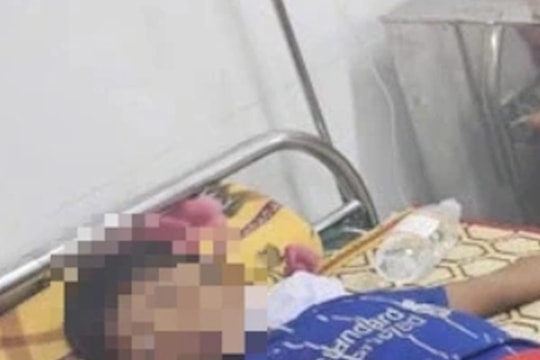
.jpg)
